Remote monitoring system for structures using IoT sensors (LIRIS) [NETIS No. KT-200126-A].
![]()
Remote monitoring system for structures using IoT sensors (LIRIS) [NETIS No. KT-200126-A].
![]()
The time has been changing from “field measurement” to “remote monitoring”.
We will provide remote monitoring services.
Best suited to the below scenes:
LIRIS technique monitors irregularities continuously at remote sites and construction sites through fully automated measurement using IoT.
The measurement data is transmitted every hour via cellular phone lines, allowing us to monitor without going to the site.
If the monitoring index exceeds a threshold value, an alert email will be sent to the user.
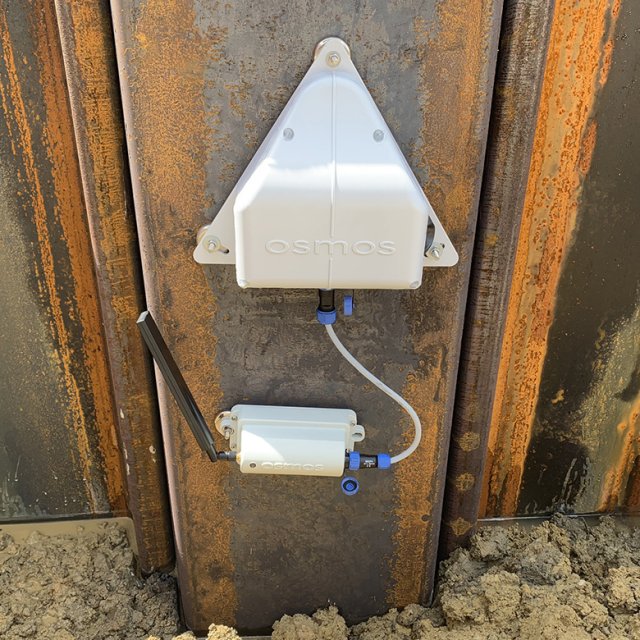
For Example:
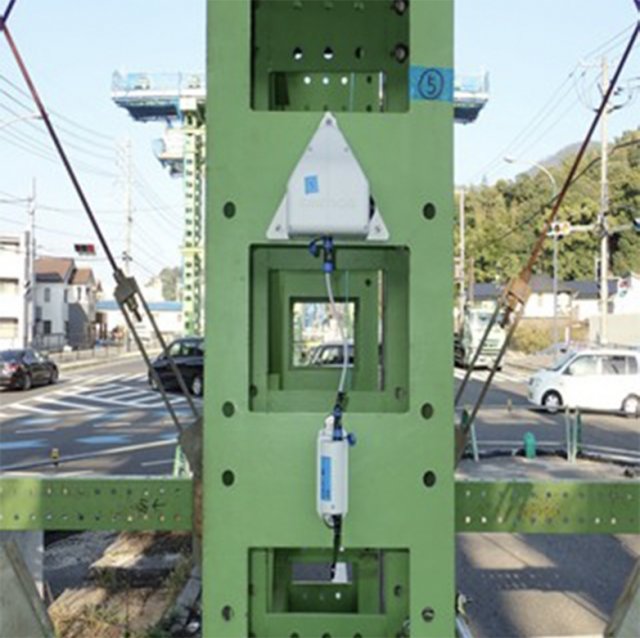
For example:
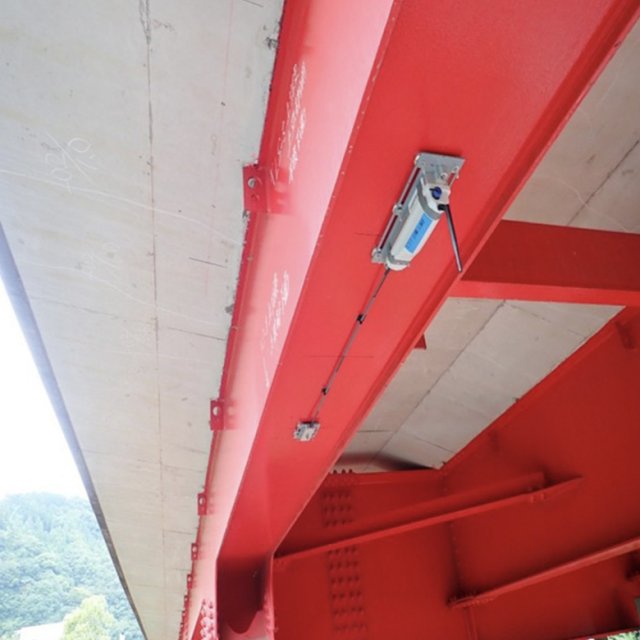
For Example:
LIRIS (Live Independent Remote Inquiry System) is a structural monitoring tool based on IoT technology developed by the French company OSMOS.
The combination of a high-precision optical sensor using optical fiber with a high-performance battery and a portable communication module enables us to conduct full-scale continuous monitoring of structures at low cost and with ease.

LIRIS does not require an external power supply and a communication cable connection that allows us to install the device on the subject structure in a short time. The high-performance battery keeps the system operating autonomously for up to two years.
In areas where cellular phone service is not available, data can be retrieved from both extensometer and inclinometer by a personal computer via short-distance wireless communication.
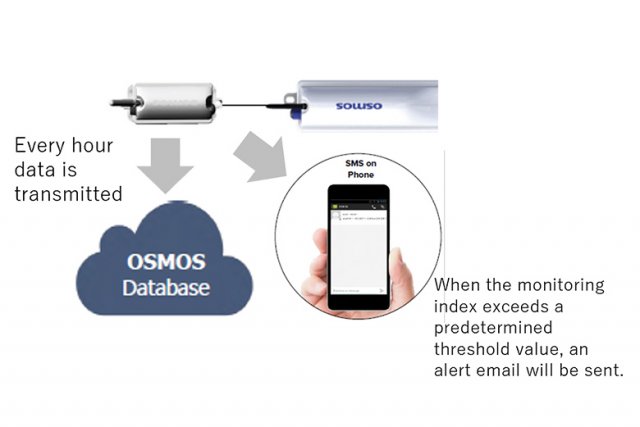
By connecting the SMS module to the LIRIS sensor, measurement data is uploaded to the Internet automatically every hour. There is no need for users to go near the site.
If the monitoring index exceeds a predetermined threshold value, an alert email will be sent to the user.
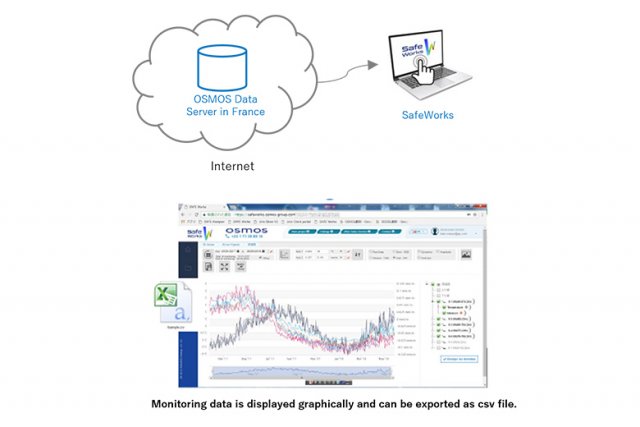
The measurement data is centrally managed on a server administered by OSMOS.
Its results can be checked from anywhere with an Internet connection.